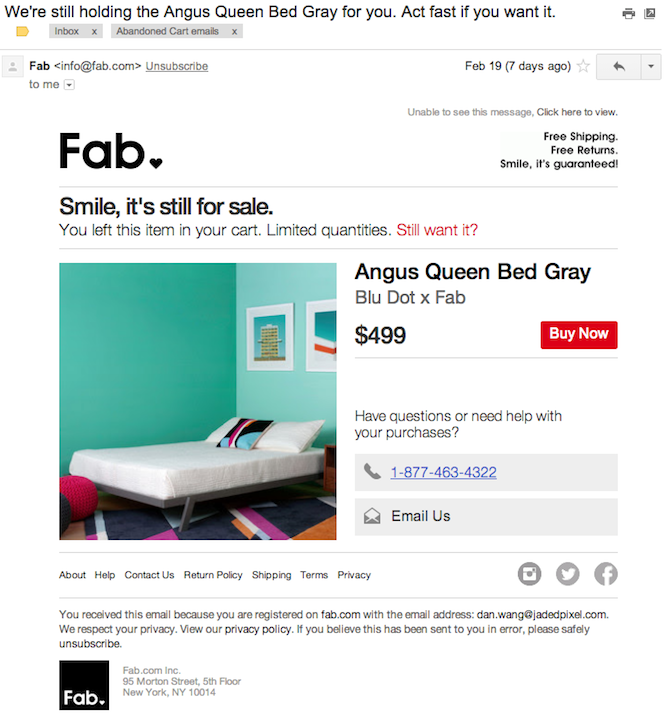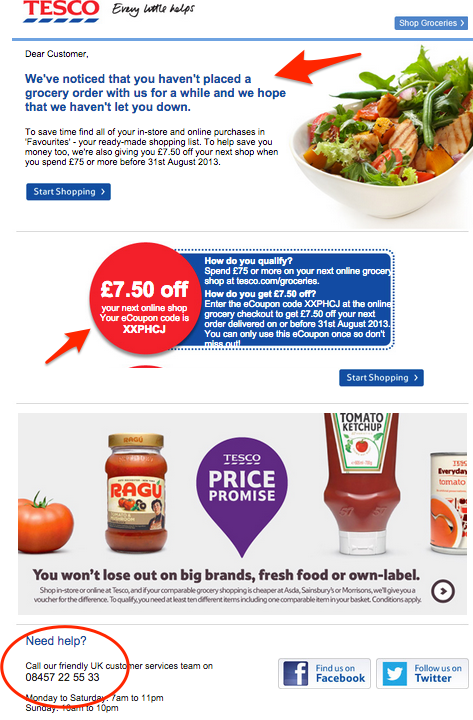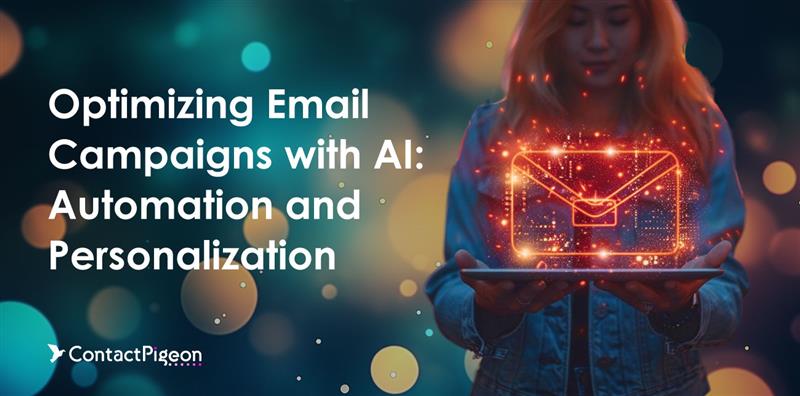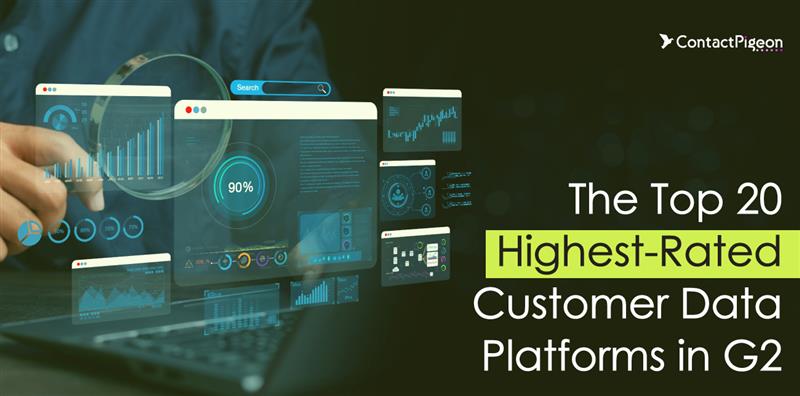Engaging customers is a critical part of boosting sales. Smart marketing strategies are starting to emphasize more and more on the email marketing lifecycle, because it is usually far easier and more cost-effective to get repeat business from existing customers than it is to dig up new ones in other ways.
Email marketing is a well-established way of communicating with customers and deepening your relationships with them.
It’s a managed communications strategy that integrates a full range of marketing communications and channels. This helps to ensure that prospective clients get the material they most need while they are on the path to purchase.
The 3 Stages of Customer Lifecycle
There are a number of stages within the email marketing lifecycle. These stages help you outline and understand who you are communicating with, how and when.
Defining these touchpoints early on will help you better reach your customers. You can break down your customers into three common groups:
Prospects
Prospects are still in the discovery stage. They are interested in your company’s products or services but haven’t yet committed to purchasing anything.
They are prospective buyers with whom you want to further engage and encourage them to convert their interest into sales.
Heavy Users
Heavy users are those customers who are heavily engaged with your brand. They buy your products often and have been customers for some time.
These customers can benefit from consistent engagement and value-adds, such as more information about your industry, discounts and more.
Lapsed / Inactive Users
These are the users who were once engaged with your product or service but have disappeared. Perhaps they went over to a competitor as they felt ignored or just fail to see the value in purchasing from your business anymore.
These customers need heavy nurturing in order to make them feel appreciated and make them recognize the value of your brand.
Customer Lifecycle Management Strategies
There are a number of ways to continue engaging customers, no matter what stage of the lifecycle they are in. These customer lifecycle management strategies use email marketing to help you target the right groups at the right time with the right information.
Welcome Series
The Welcome Series is an incredibly effective measure for helping you access prospects and first-time customers. This involves emails that help you promote awareness of your brand and what you can offer to customers.
Check out how Kate Spade crafts an awesome welcome email that recreate the feeling of actually getting a Thank-You note in the mail.
Cart Abandonment
Cart Abandonment is the next level of engagement. This serves to follow up with prospects or past customers who have “abandoned” the purchase process.
You have information on what they are interested in and know that they were in the final moments of deciding whether or not to purchase, so this is a crucial group to target.
Fab has a great cart abandonment email that manages to stay positive and helpful while reminding the customer that they are holding on to a certain product for them.

Reactivation Series
The Reactivation Series is directed toward customers who have purchased from you before but have since lost interest or decided not to return.
These emails can highlight discounts, sales, improvements or other features that you’d like to share with your past customers in order to persuade them to purchase from you again.
Here is a great example of a reactivation email from Tesco. They immediately acknowledge that the customer hasn’t placed an order in a while and offer discounts to encourage another sale.

Email Sequences
Email marketing helps you to generate maximum ROI from your digital marketing spend. Without it you are missing out a lot of potential revenue.
Using email sequences to automate your email marketing helps you increase it’s potential even further by taking the legwork out of it.
An email sequence is a series of emails sent according to pre-set time intervals or action-triggered automation (i.e. someone clicks a link in an email, etc.).
It’s the most effective way to send out targeted messages to customers exactly when they need to see them.
Wrap-Up
These tactics can help you use email marketing to engage customers and boost sales. As they are based on prospects who have shopped from your e-shop before or expressed an interest in your products or services, you can rest assured that you are putting your marketing dollars to better use than simply running blind ad campaigns.
[cta id=’1284′]




